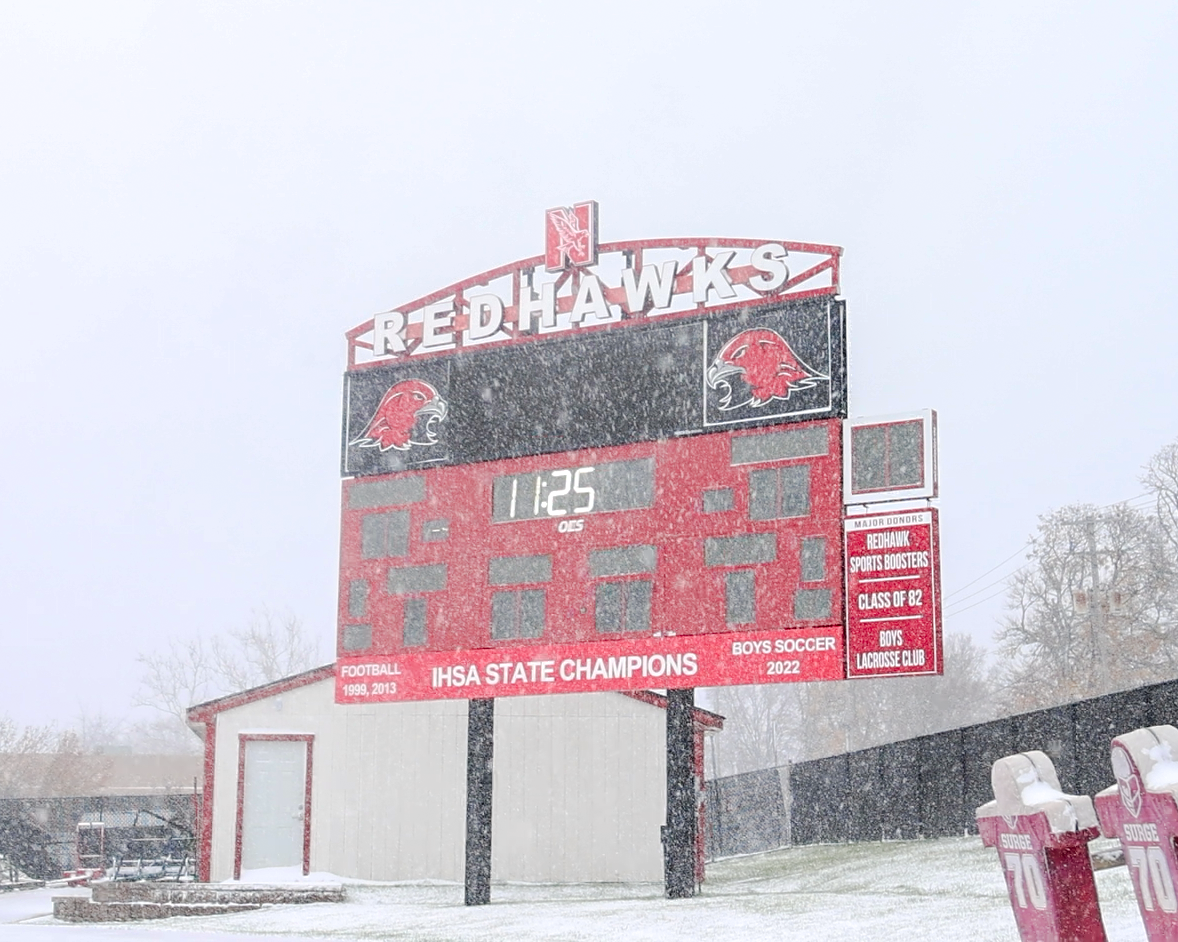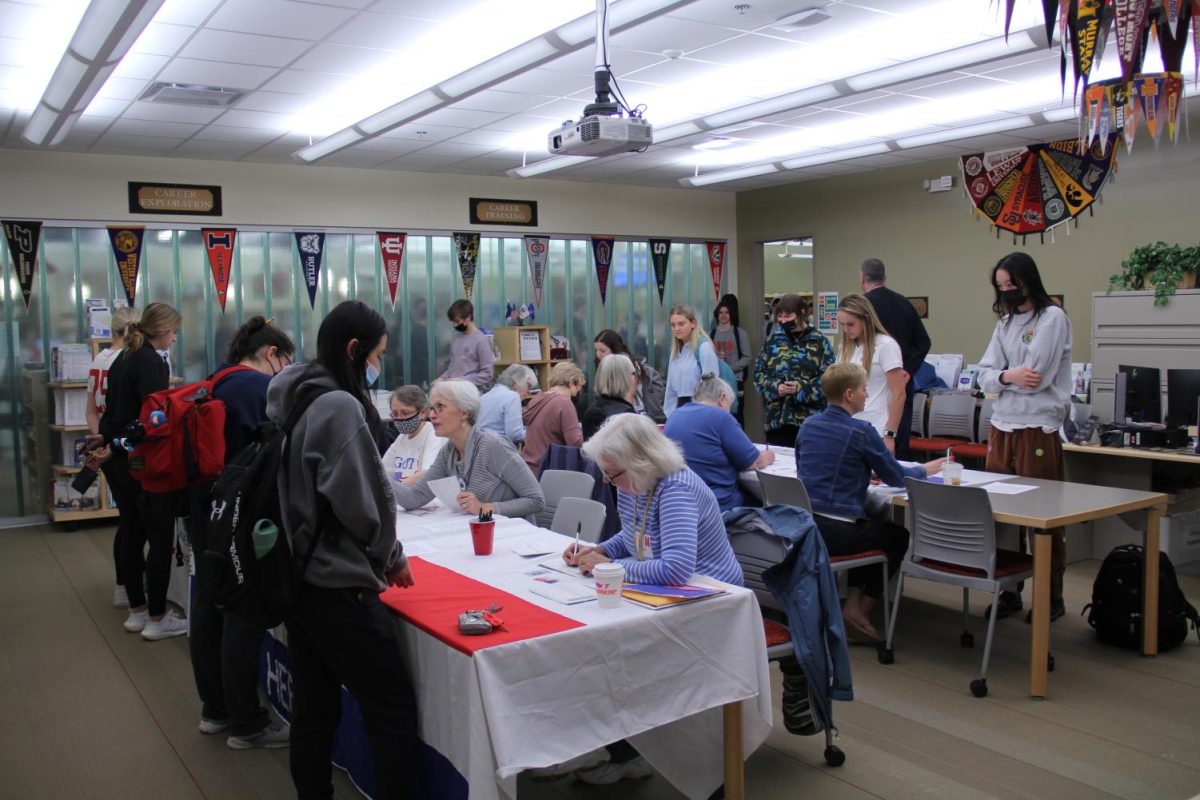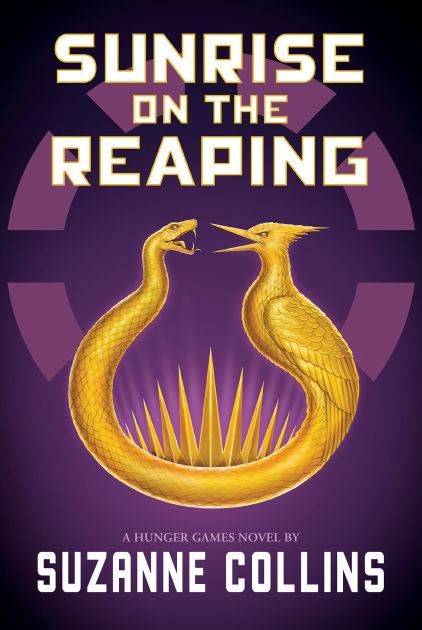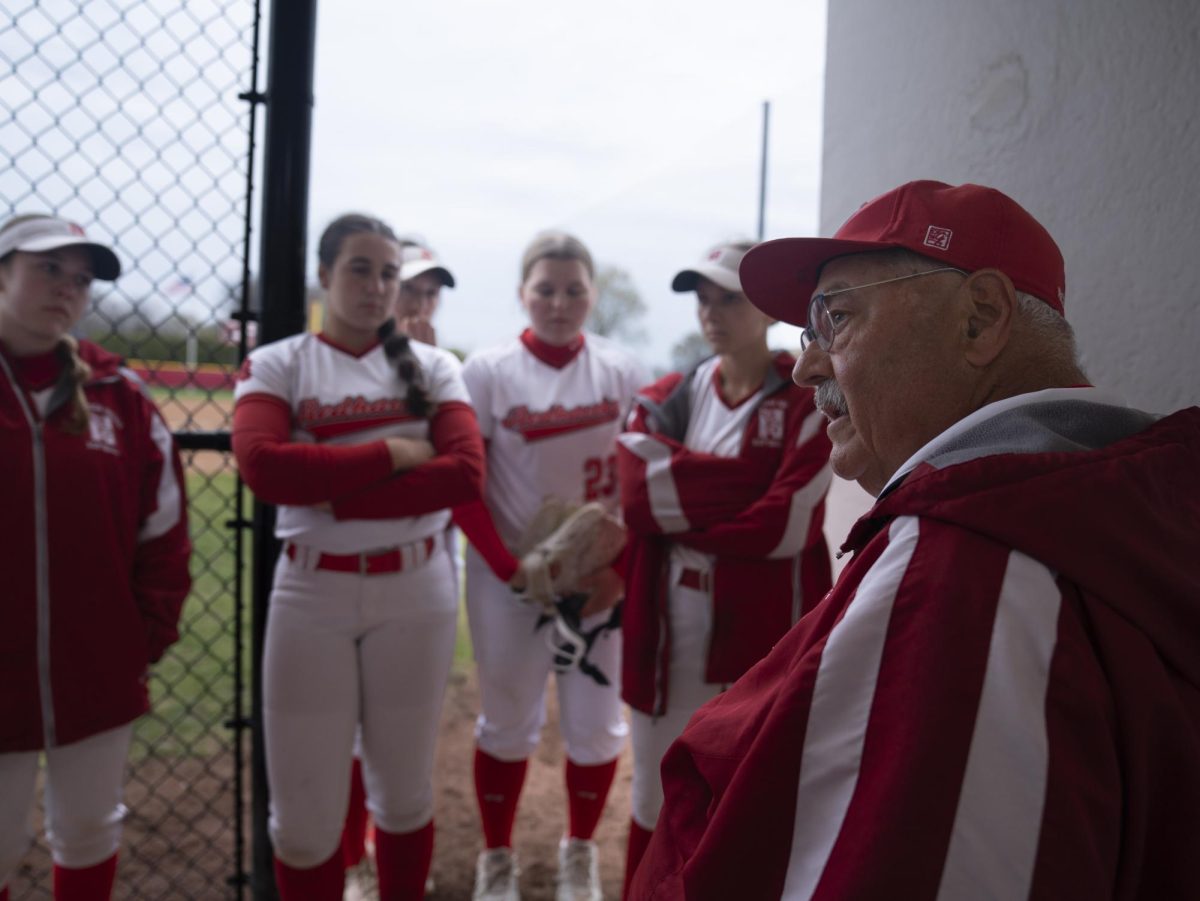LAN Down Under: Internet censorship should be limited at school
October 15, 2014
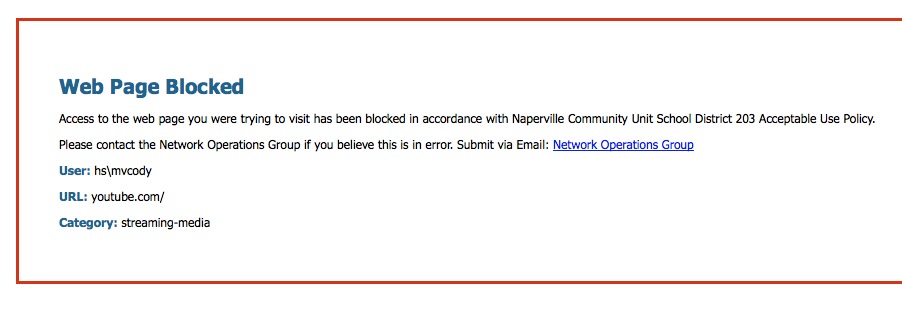
YouTube, blocked. Vimeo, blocked. Pandora, blocked. Google Images, blocked.
As the number of websites that students can access in school gets lower, in-school research becomes exponentially more difficult. Key websites continually get blocked as restrictive standards get narrower.
There is definitely justification for blocking social media websites like Facebook, Twitter and Instagram. These sites are not designed for productivity, just the opposite. Although when an iron fist is dropped in this situation, the already blurred line is further distorted.
The school administration crosses the line when they block the largest video hosting website in the world, YouTube. Yes, you could waste 10 lifetimes over watching all the unproductive videos on the site, but the amount of educational content on YouTube is unmatched by any other video hosting website. Crash Course, Smithsonian Channel, ASAP Science and vsauce are all valuable resources on YouTube that should be able to be utilized by students.
I do understand that there are a plethora of resources that remain unblocked, but sometimes your only option is a website that when accessed reveals a big ol’ “WEB PAGE BLOCKED.”
The issue goes beyond blocking websites that have the potential to be educational. When I think of sites like Pandora, Spotify and Soundcloud being blocked I get a vague sense of why it is that way. They have the potential to be disruptive. That being said, however, this is gleaming example of unnecessary censorship in all its entirety.
We are likely to see school censorship issues move to the forefront of public debate as the Playwickian, the school newspaper of Neshaminy High School in Pennsylvania, has experienced massive publicity in the wake of being censored by school officials. We can only hope that the next time someone tries to load YouTube on a school computer, the site will be fully loaded.




